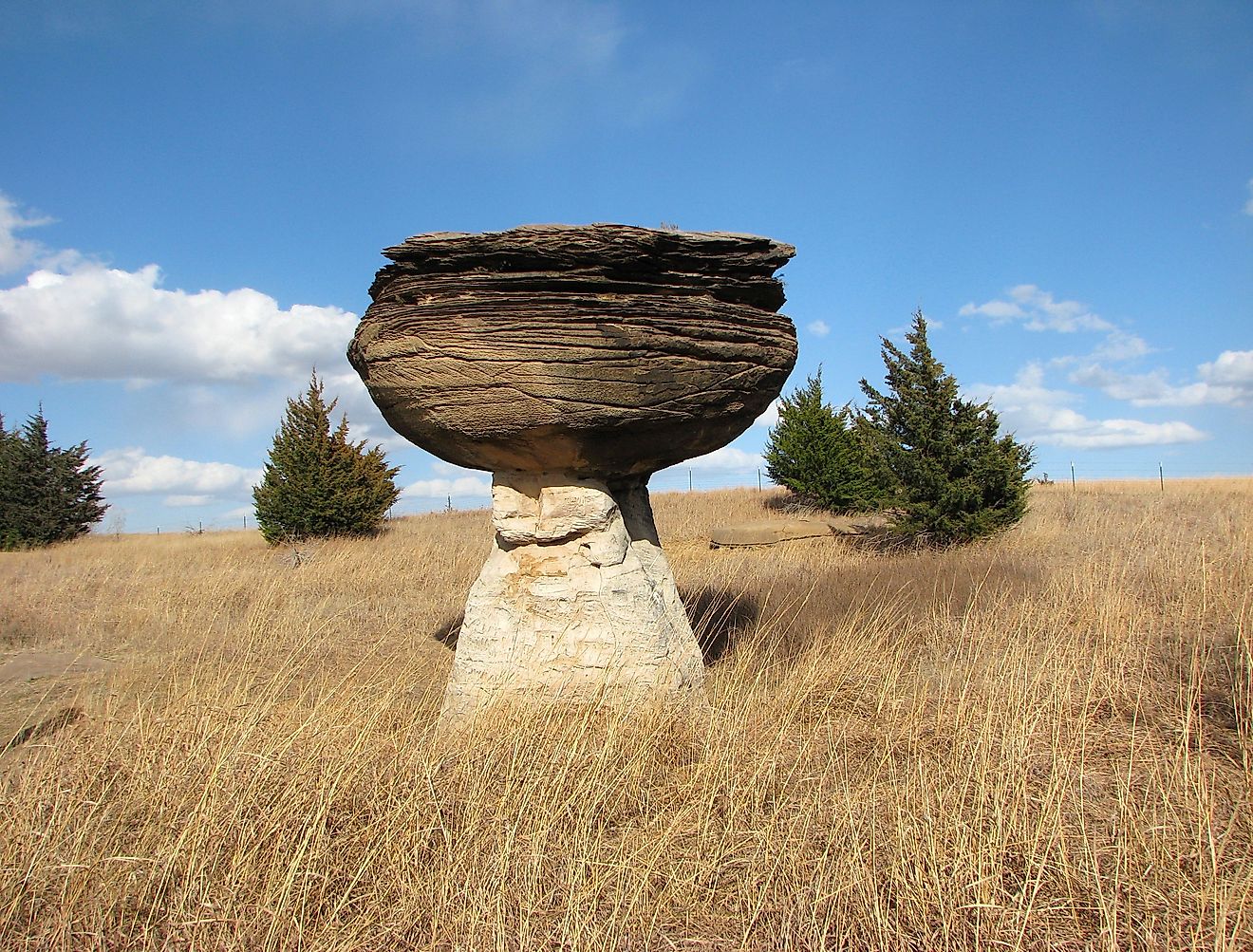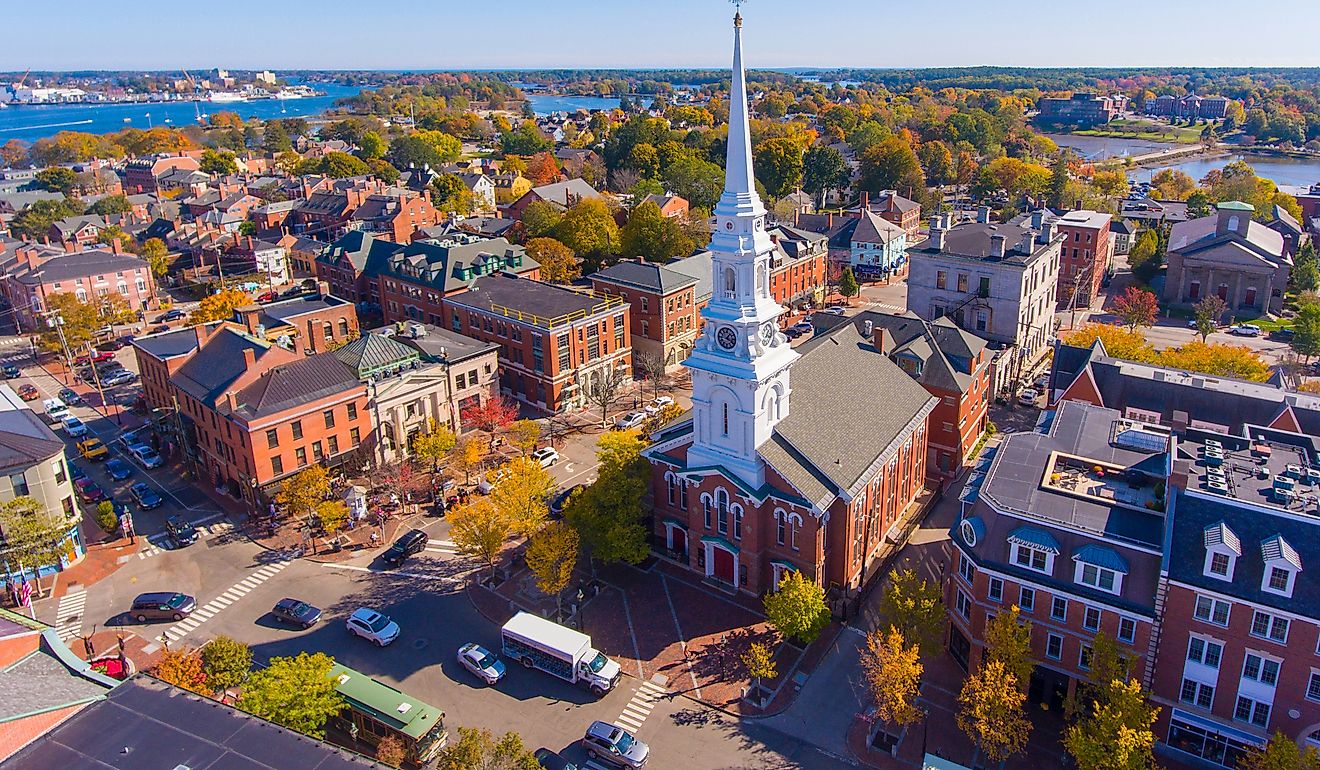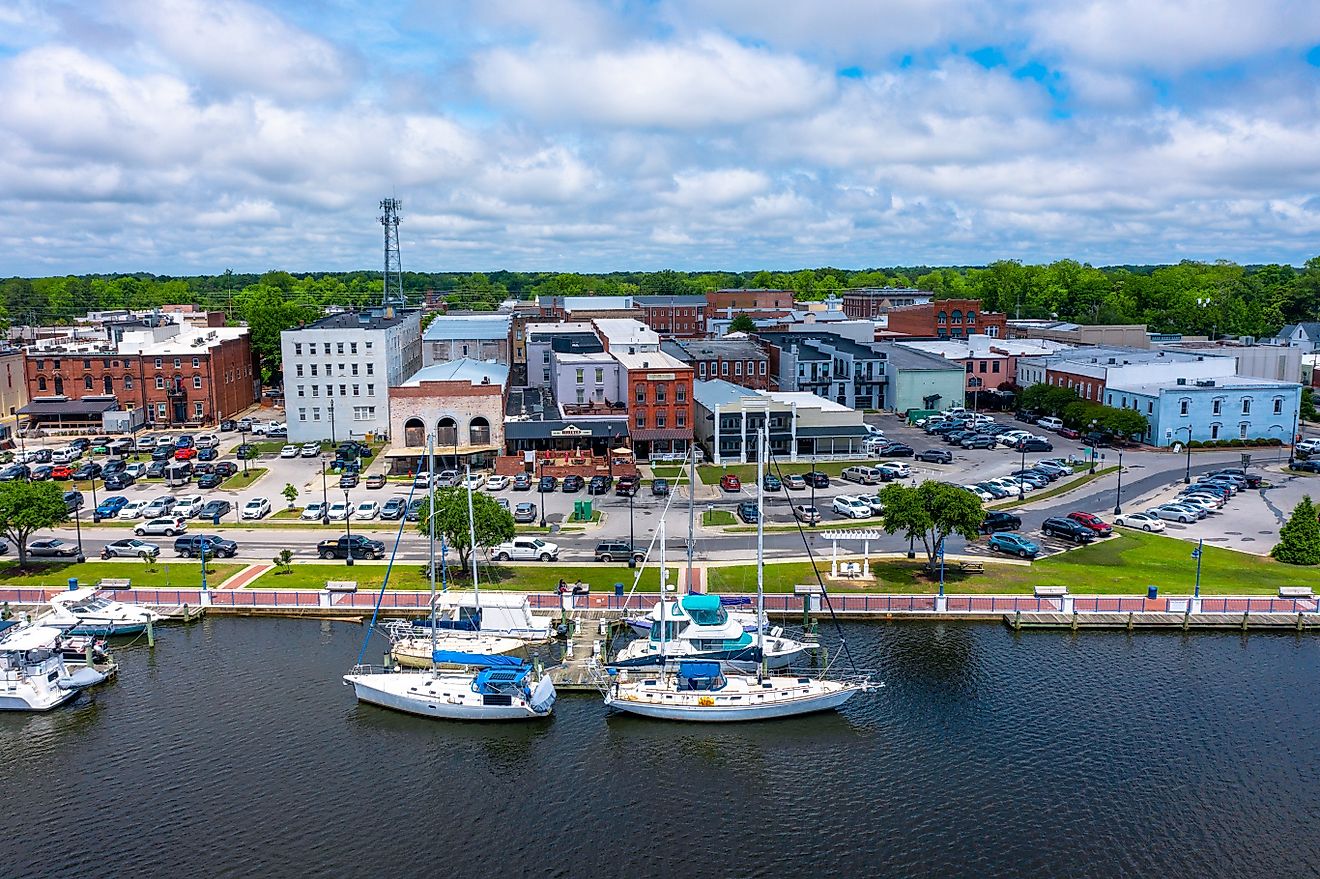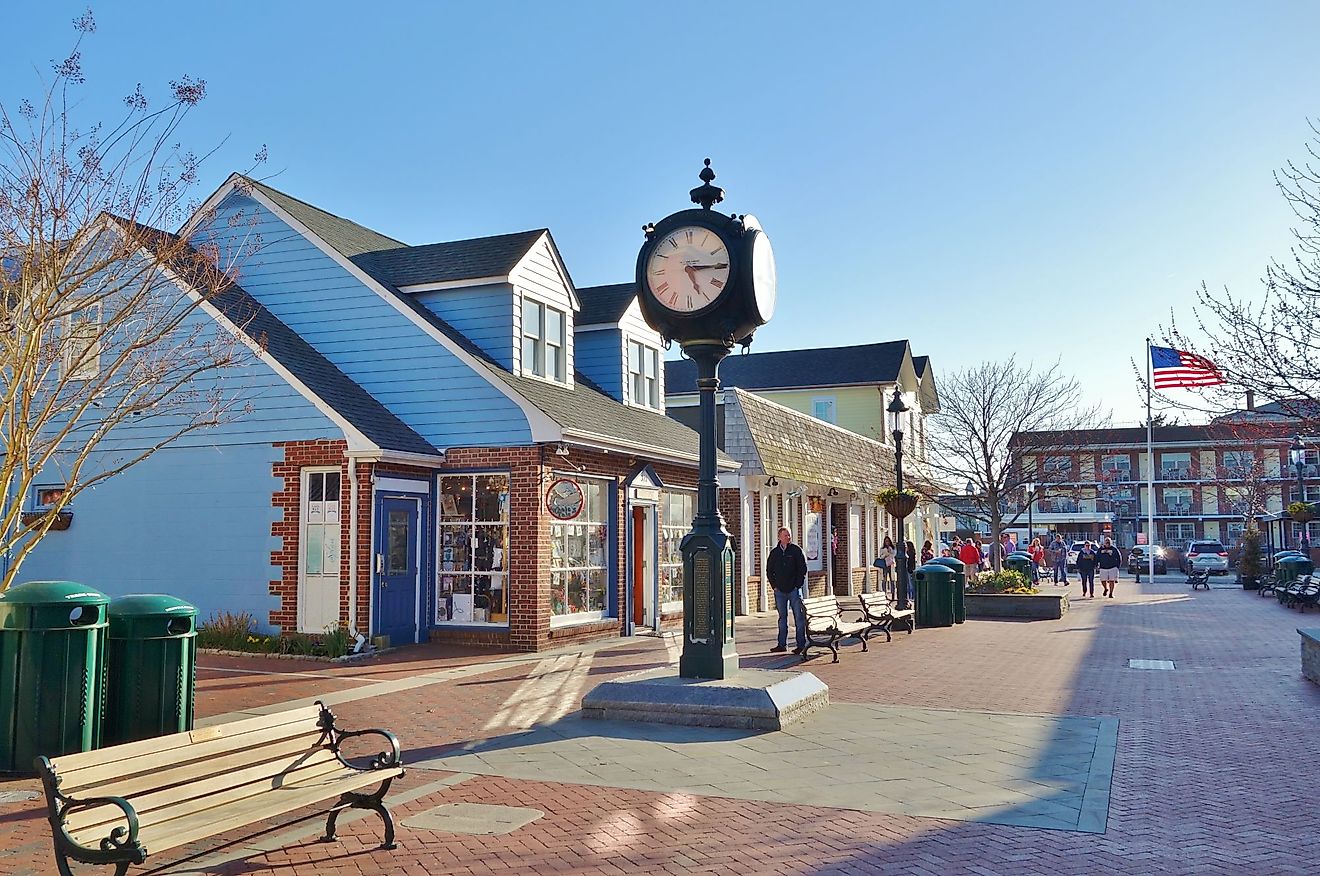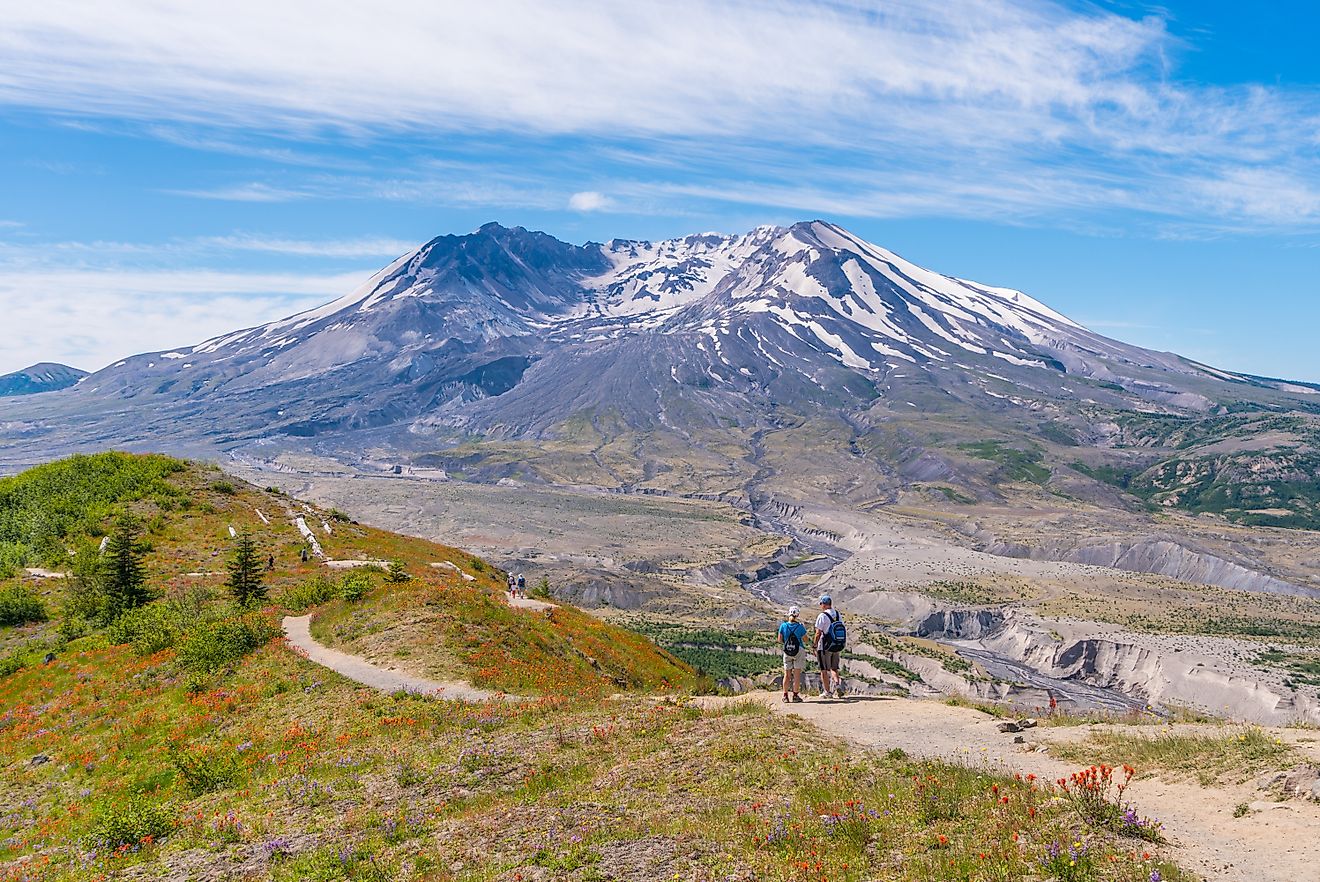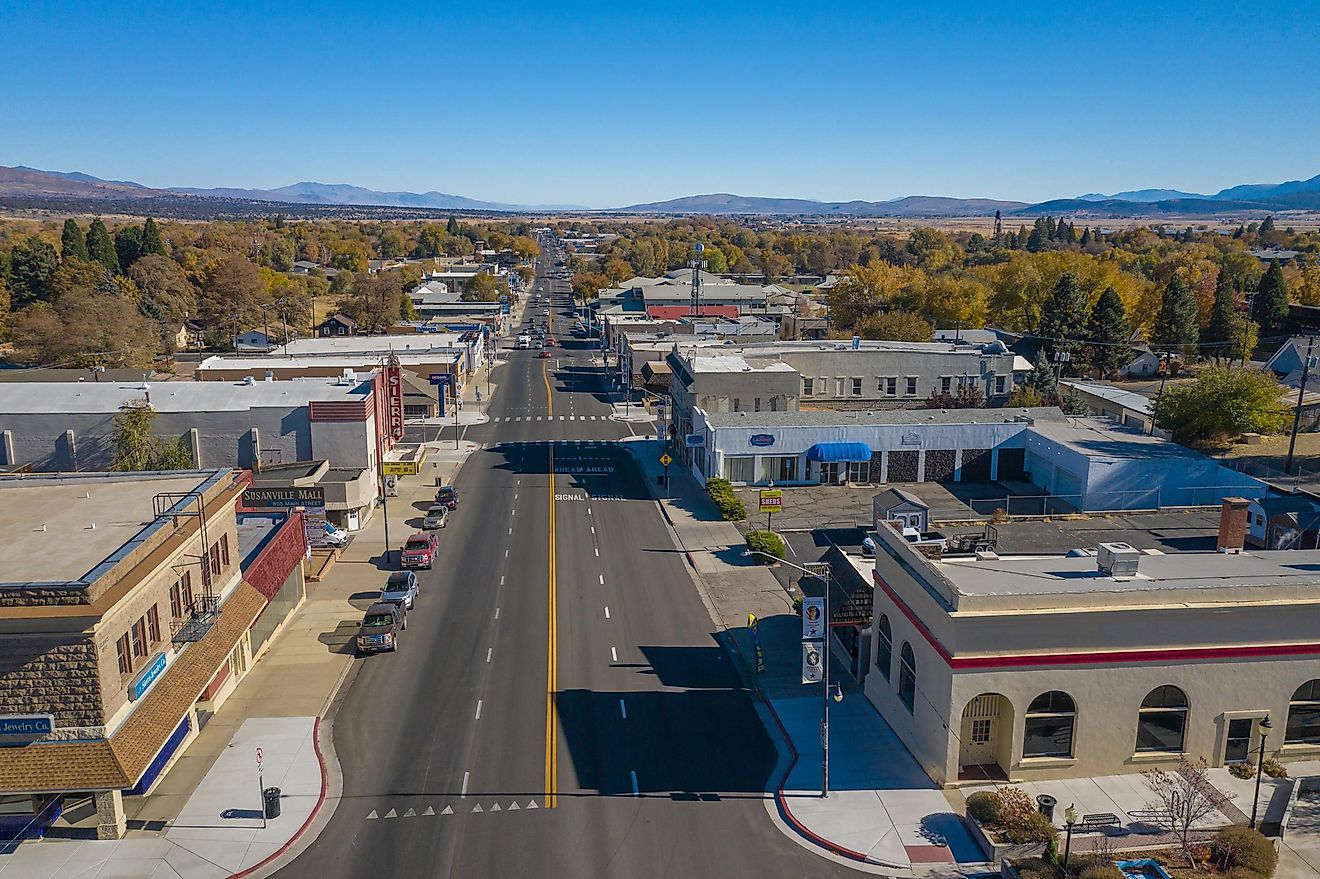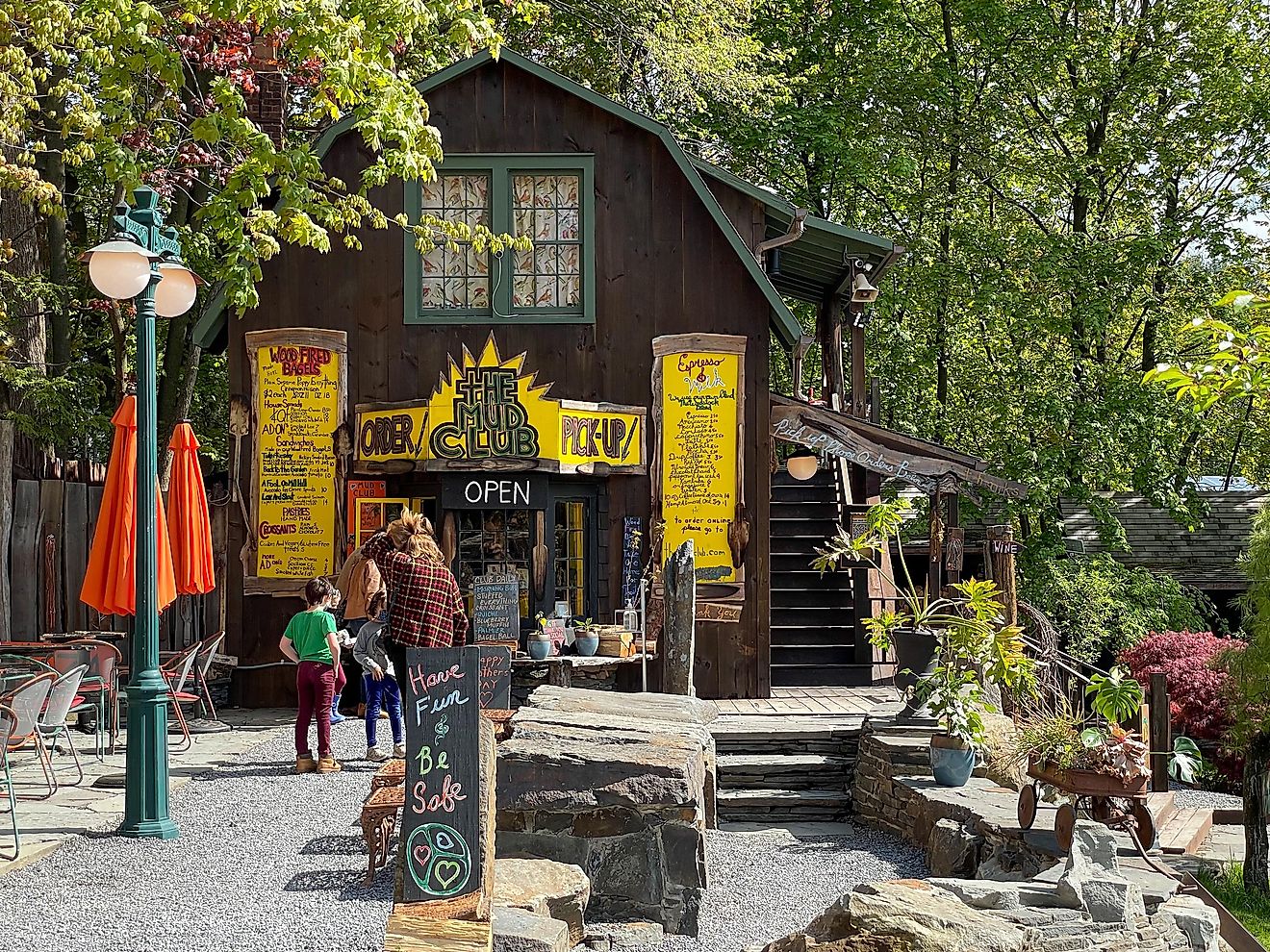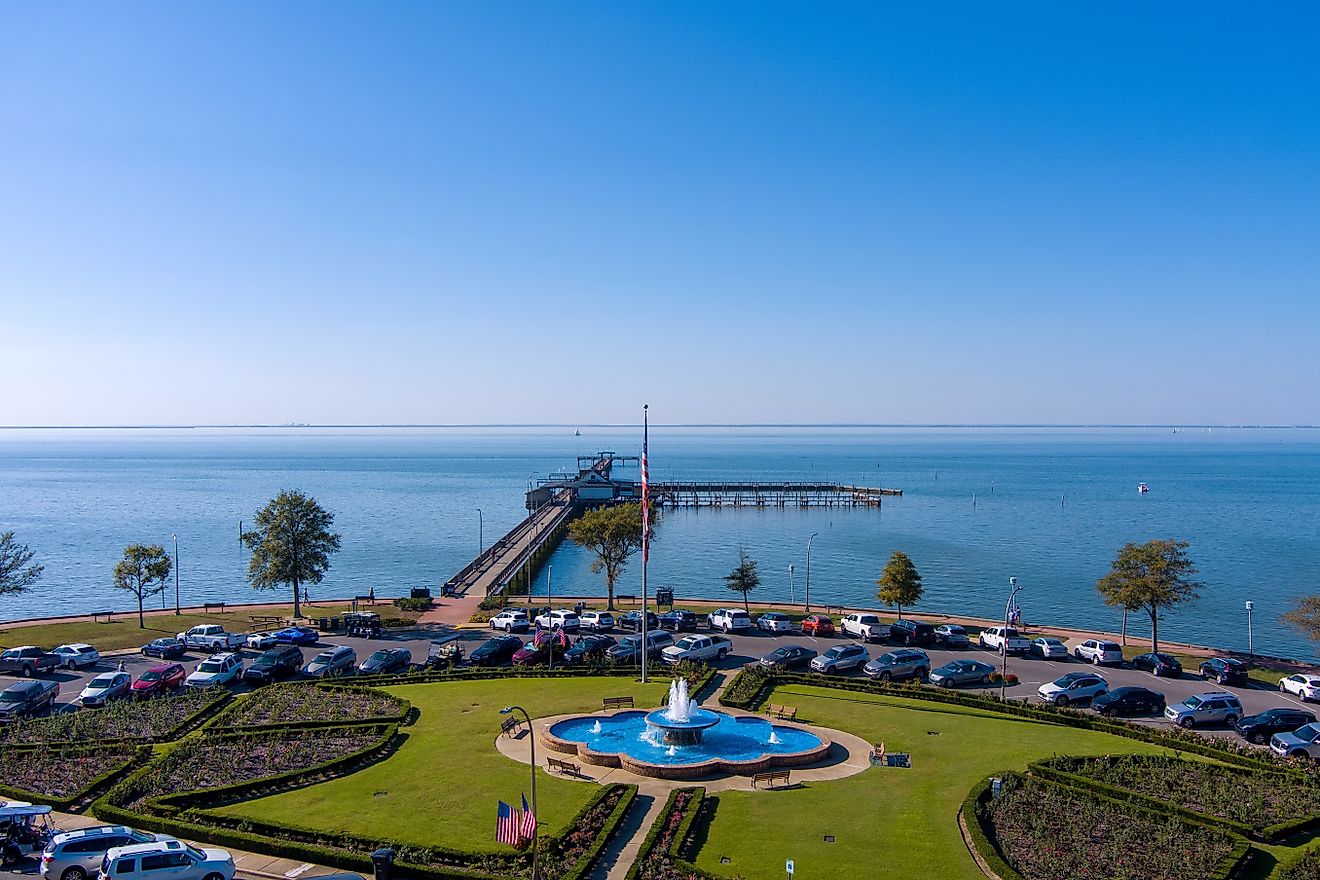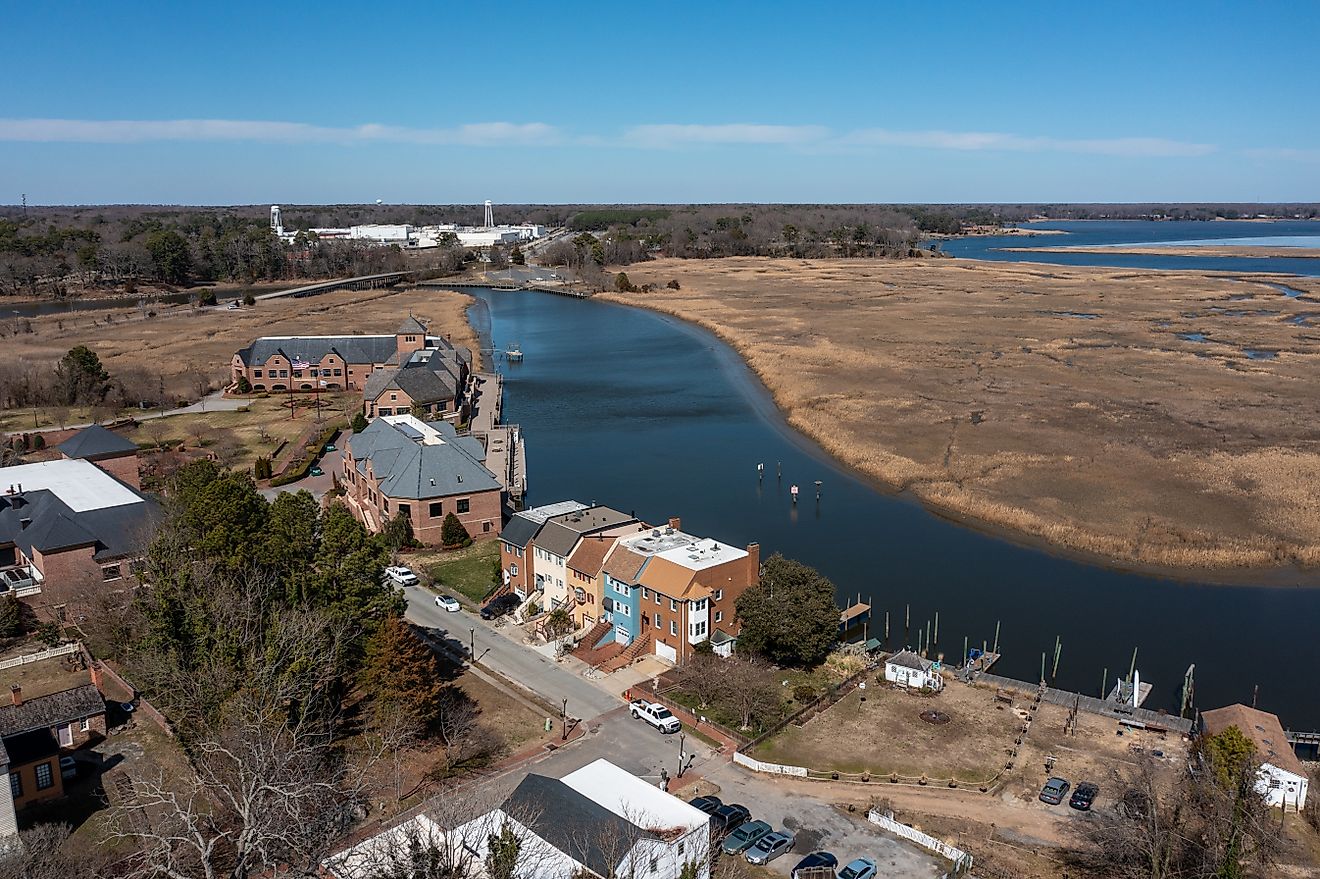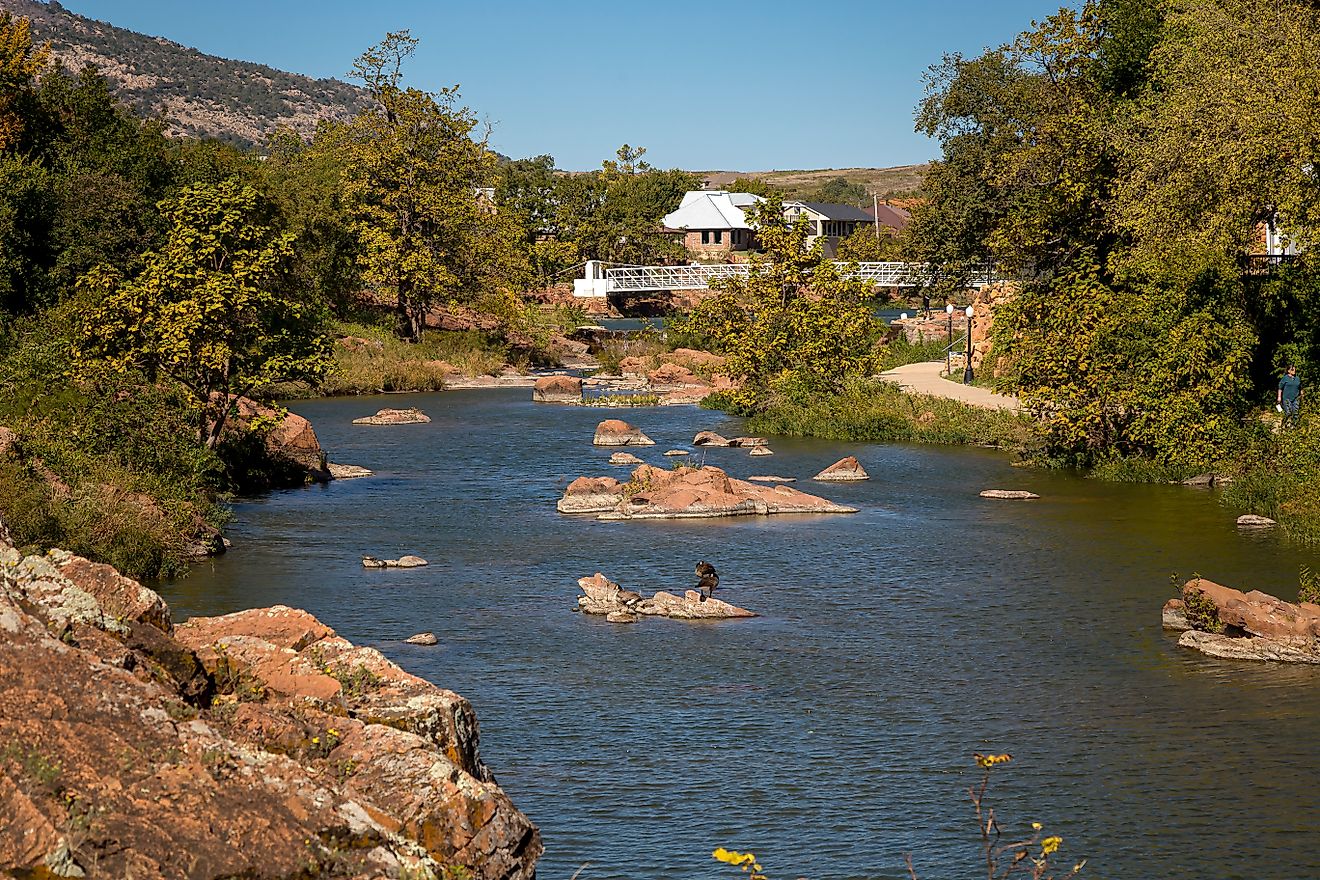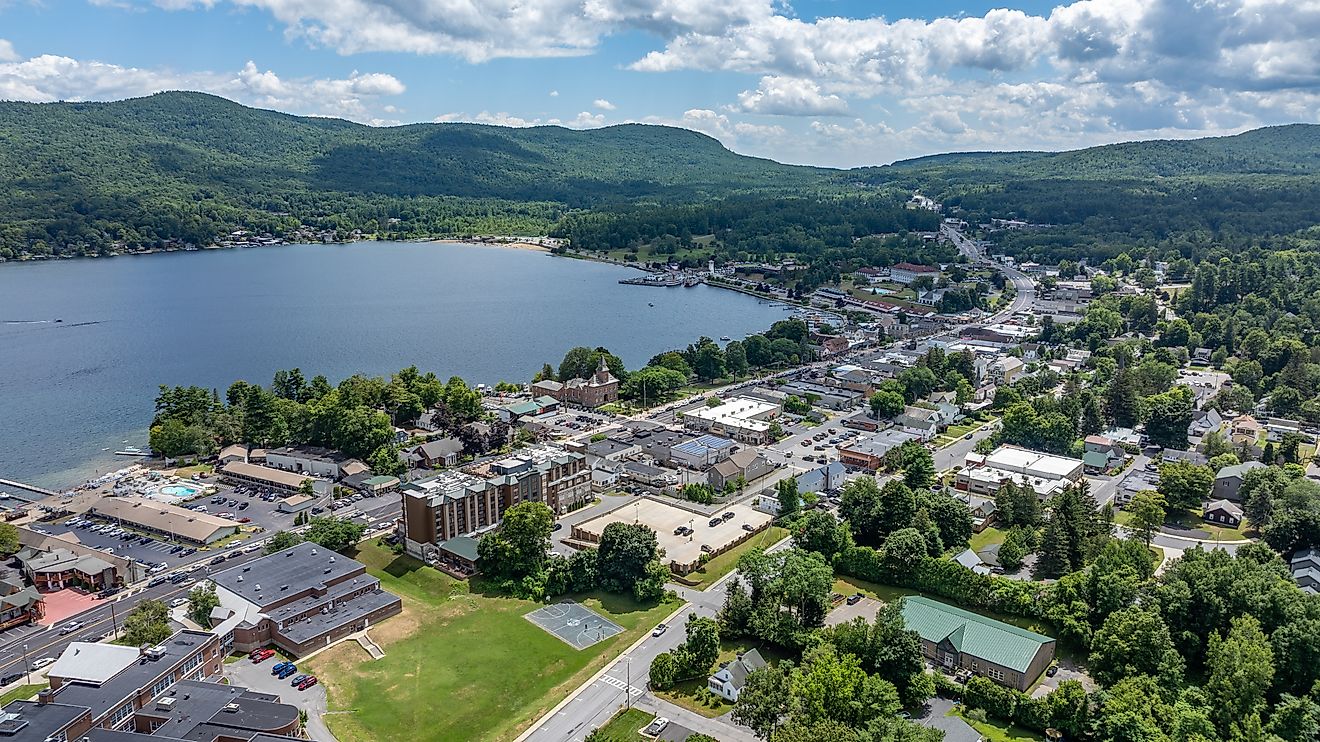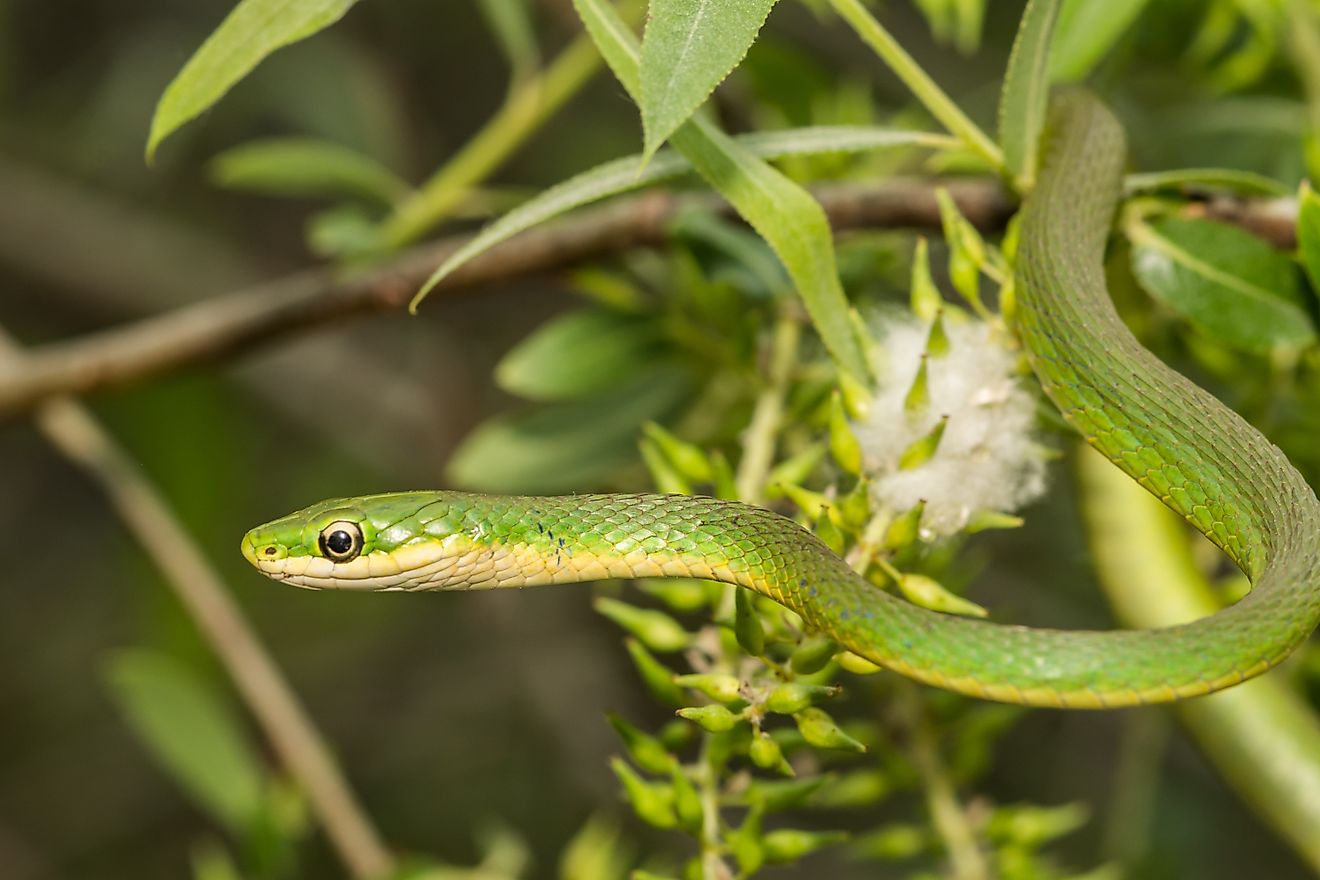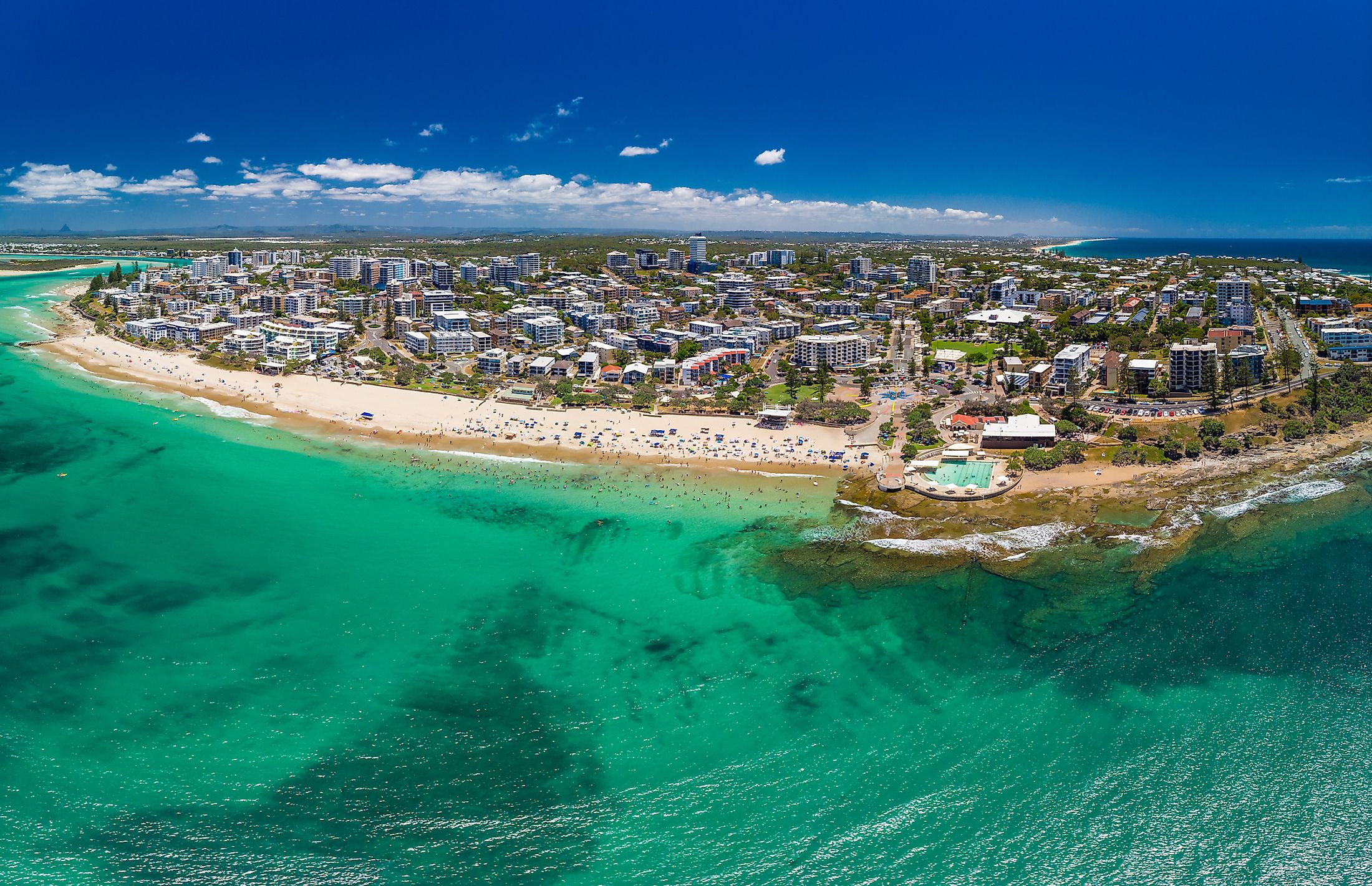
Sunshine Coast, Australia
Sunshine Coast is a peri-urban coastal region located in South East Queensland, Australia. The region was popular with runaway convicts in early white settlement history but later developed a thriving timber industry. Gold prospecting also helped the area develop into one of the top tourist destinations in South East Queensland. Today, the region is home to more than 333,436 people.
Geography And Climate Of Sunshine Coast
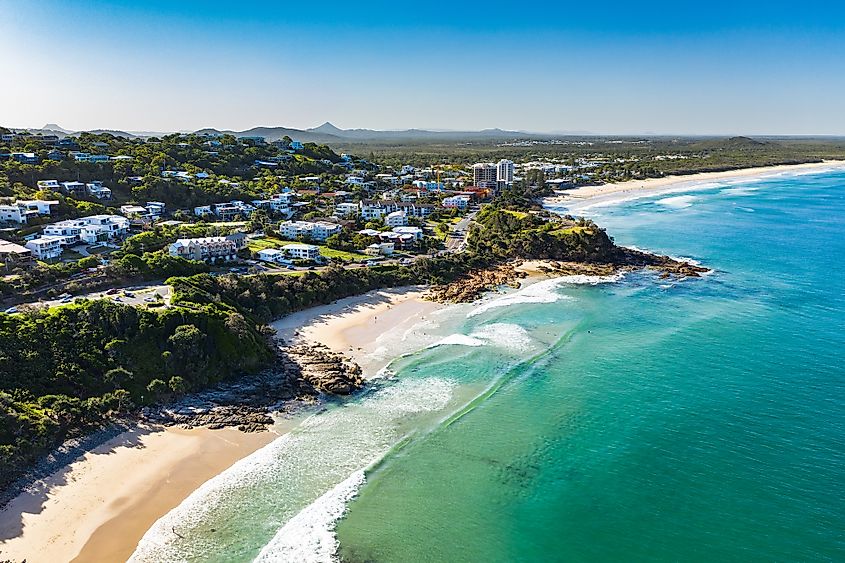
The Sunshine Coast is located around 100 km north of Brisbane in South East Queensland, on the Coral Sea coastline. It spans over 1,633 sq. km from north of Brisbane and continues north along the Queensland coast until Cooloola National Park encompassing 65 km of beaches. Sunshine Coast is full of craggy headlands, pounding surfs, offshore reefs, secluded bays, and protected inland waterways. The region also includes the Noosa River, Maroochy River, Mooloolah River, and the Stanley River. Several lakes can also be found, like Lake Cootharaba and Lake Weyba.
The Sunshine Coast is aptly named, consistently having mild winters and cool sea breezes in summer. The region has a humid subtropical climate typical of South Queensland. In summer, December to February, Sunshine Coast gets temperatures ranging between 17 – 28 °C.
History Of Sunshine Coast
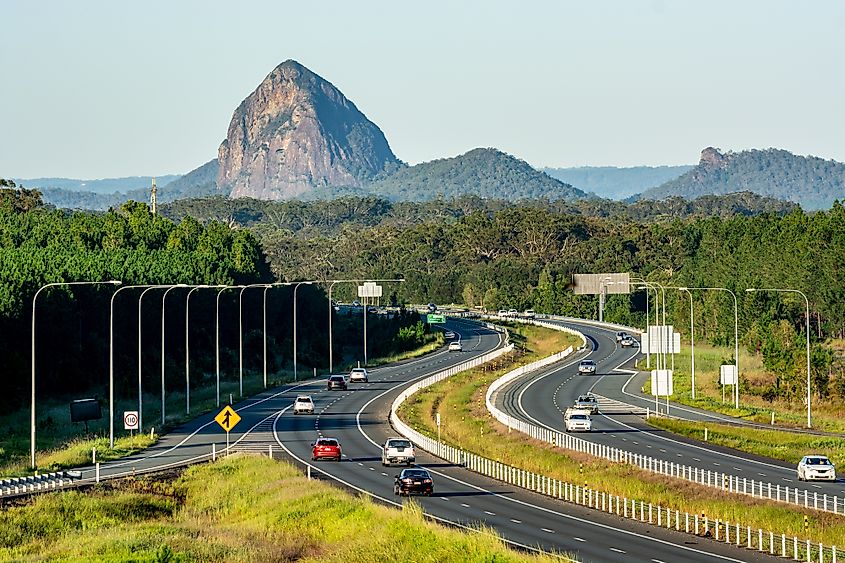
The indigenous people of Gubbi Gubbi and Wakka Wakka were the earliest residents of the Sunshine Coast. The two tribes were nomadic and gathered food as they moved from one campsite to another. Although James Cook on the deck of HM Bark Endeavour became the first known European to reach the Glass House Mountains in 1770, it was not until the 1820s that the Sunshine Coast saw the arrival of its first white inhabitants. Thomas Pamphlett, John Finnegan, and Richard Parsons, former convicts, landed on Moreton Island after becoming lost fetching cedar. They lived with the Kabi Kabi for eight months. The natives shared their way of life with the new settlers, who became familiar with the Kabi Kabi people. However, by the 1830s and 1840s, the region's original inhabitants had been overrun by convict fugitives who escaped the nearby Moreton Bay (Brisbane) penal colony.
By 1842, the indigenous people asserted the importance of the locally growing bunya tree. Governor George Gipps declared the entire coast and hinterland region from Mt Beerwah to Eumundi a 'Bunya Bunya Reserve' to protect them. However, some of the most vicious battles took place in the area. The Black War disrupted the area in the 1840s and 1850s. The Aboriginals used the Black Ranges as a hideout and gathering place for attacking the white settlement. Cattlemen and Timber getters exploited the area in the late 1850s, and by 1860, the reserve was disbanded.
A lot of the Sunshine Coast's first towns began as small jetties or ports for the 1860s and 1870s timber industry boom. Roads were set up to haul timber, and the waterways in the region were also used to float out harvested wood for export to Europe. Soon, the Gympie Gold Rush got prospectors scaling the mountains and developing the roadways to access the goldfields. They constructed a railway line to Gympie, and soon the coastal towns were bypassed.
By the 1890s, fruit and dairy farming replaced the cattle and timber trade, and soon after, people started sugar cane and pineapple farming. Life remained the same in the Sunshine Coast region until the end of World War II. Thanks to the weather and great surfing, the region became a tourist destination. During the 1960s, the Sunshine Coast experienced a development boom and continued through the 1970s, with theme parks built to boost tourism. By the 1980s, the region rapidly grew in population and is now one of Australia's fastest-growing regions.
Tourist Attractions In Sunshine Coast
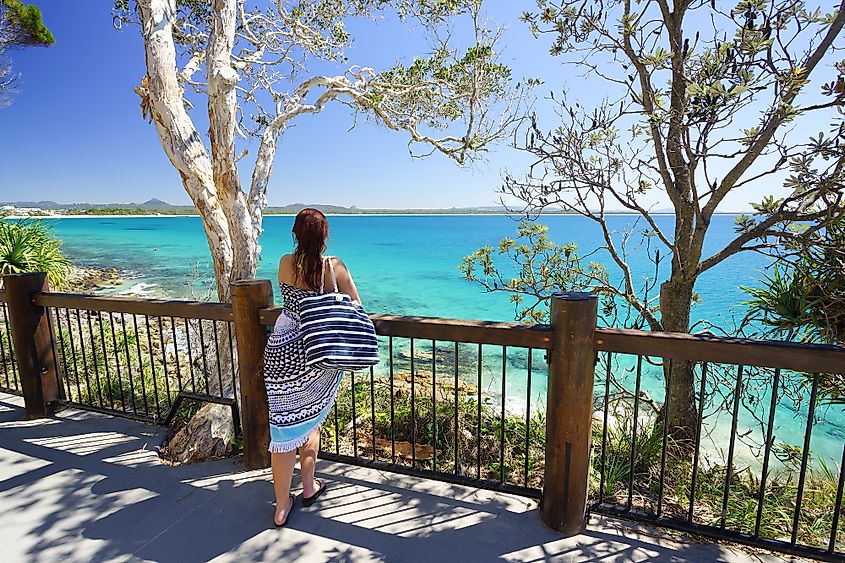
The Sunshine Coast basks in year-round sunshine, and its mild, subtropical climate, in addition to its clean beaches, makes it one of the state's most popular tourist destinations.
Noosa National Park is one of the most visited places in the Sunshine Coast region. The park encompasses more than 39 sq. km of paperbark forests, rainforests, pristine beaches, dunes, and heathlands. Visitors enjoy the Noosa Headland section in the park, where 15 kilometers of hiking trails offer spectacular scenic views of nature and animals like koalas and black cockatoos.
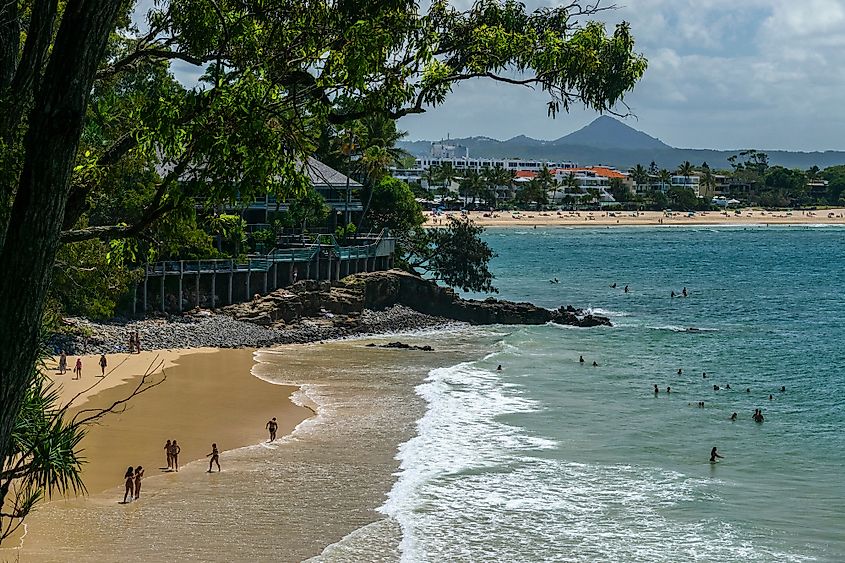
Tourists also visit the Australia Zoo, located around 22 km west of Caloundra. Steve Irwin, the late croc-loving Aussie conservationist, and his wife Terri helped the park grow into a world-class attraction on 0.5 sq. km with a strong emphasis on conservation and education. The zoo is home to many Aussie animals, including koalas, kangaroos, snakes, and lizards. Exotic animals such as rhinos, elephants, and the crowd's favorite Sumatran tigers also reside in the zoo.
